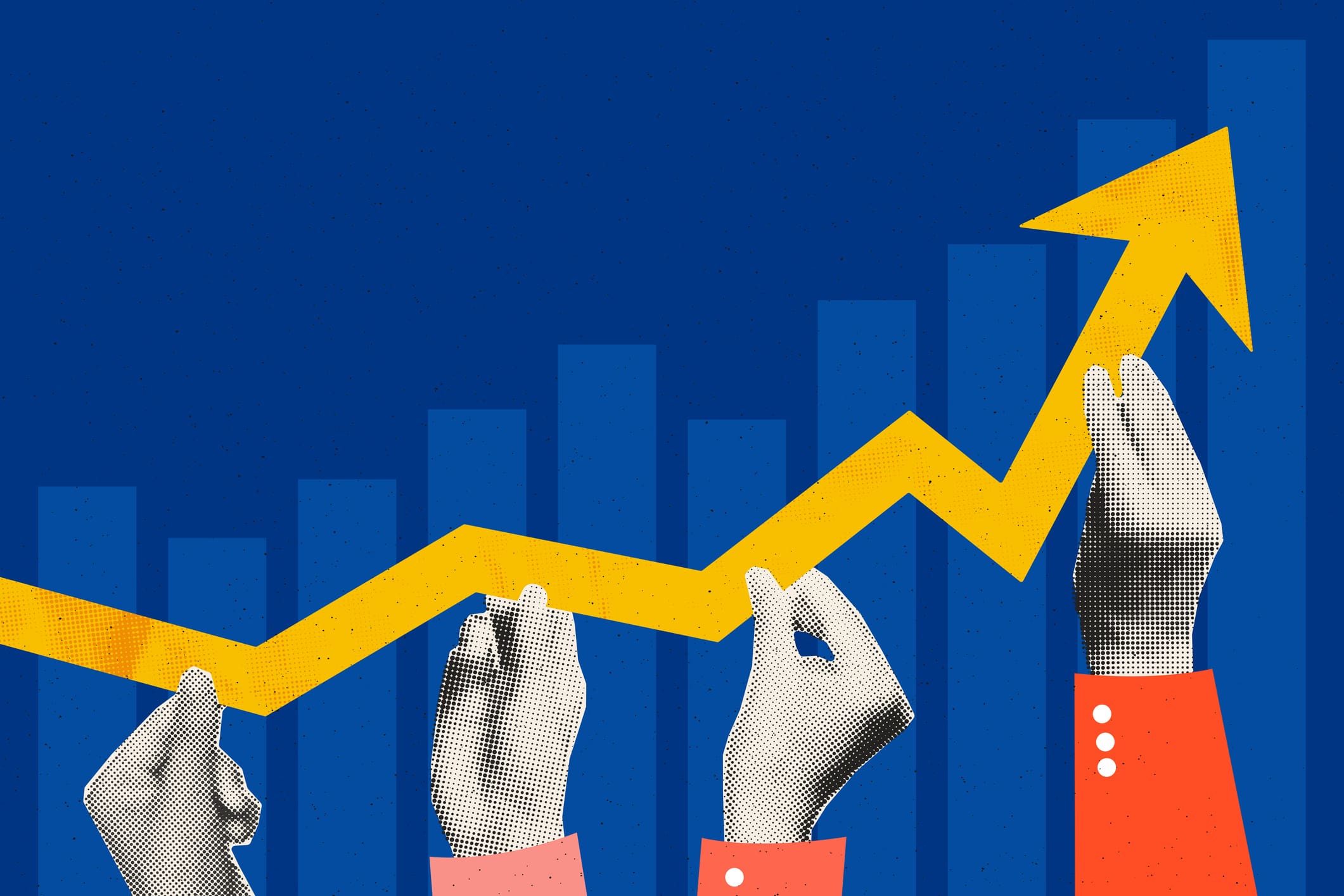Securing funding for your business in order to fuel growth can be challenging. Insufficient funding may hinder your ability to implement growth strategies such as increasing your range of products, expanding marketing campaigns, or hiring qualified staff.
Some options to alleviate your cash flow pinch are to apply for an SBA loan or inventory financing. Combining inventory financing and inventory factoring can be a wise strategy to increase your working capital.
Kickfurther is the world’s first online inventory financing platform that empowers small businesses to access funds that may be inaccessible from traditional sources. We connect brands to a community of eager buyers who help fund inventory while giving brands the flexibility to pay it back as they receive cash from their sales. This eases the strain on cash flow so brands can scale quickly without limiting financial flexibility or inventory.
What is an SBA loan?
An SBA loan is a loan for a small business that is backed by the U.S. Small Business Administration (SBA). SBA loans are designed to help small businesses gain access to financing that they might not otherwise be able to get from traditional lenders. The SBA provides a guarantee to the lender that it will cover a portion of the loan if the borrower defaults. This guarantee encourages lenders to make loans to small businesses that might be considered too risky otherwise. SBA loans may have more flexible payment terms and can be used for a variety of purposes, including working capital, equipment purchases, real estate acquisitions, and other business expenses. Terms and conditions of SBA loans can vary depending on the specific program and the lender, but they typically have longer repayment terms and lower interest rates than traditional bank loans.
How SBA loans work
The SBA guarantees business loans from lenders. This encourages banks to finance businesses that might not be approved for a loan in other circumstances. The process to obtain an SBA loan may take longer than the process for inventory financing.
Types of SBA loans
- 7(a) Loan Program: This is the SBA’s flagship loan program and is the most popular program offered by the SBA. It offers flexible financing for a variety of business purposes, including working capital, equipment purchases, real estate, and debt refinancing. This program allows a maximum loan amount of up to $5 million.
- CDC/504 Loan Program: This loan program provides long-term, fixed-rate financing for small businesses for the purchase of fixed assets ,like land, buildings, and equipment. The maximum loan amount allowed under this program is $5.5 million. In most cases, owners need to guarantee at least 20% of the loan. These loans are made through the SBA’ s community-based partners called Certified Development Companies (CDCs). The funds cannot be used to buy inventory, consolidate debt or as working capital.
- Microloan Program: Small businesses can receive loans of up to $50,000 through the Microloan program, which aims to assist them with startups and expansion. This loan program provides capital for minorities, veterans, women and low-income entrepreneurs. It provides access to capital for underserved communities through not-for-profit lenders. The program boosts funding for small businesses and non-profit organizations that have insufficient collateral and a limited credit history.
- Disaster Loan Program: This loan program provides long-term, low-interest loans to small businesses that have suffered physical or economic damage due to a declared disaster. After a disaster, the SBA determines whether businesses qualify for compensation under the Disaster loan program.
How to Qualify for an SBA loan
Lenders and loan programs have special eligibility requirements for SBA loans. The eligibility for each loan is based on the business location, the character of each borrower and what each business does to earn its income. Businesses need to have a sound business purpose, meet SBA size requirements and be able to repay. You will be matched with an SBA-approved lender to find the best loan to start or grow your business. Even borrowers with bad credit may qualify for startup funding. Your lender can provide you with a full list of eligibility requirements to get your SBA loan.
How to Apply for an SBA loan
To apply, go to the SBA website or go to your local SBA office to fill out their loan application. To get an SBA loan, you will need to provide documents and information to verify your identity, personal and business history, creditworthiness, and legal documents to verify your business. This process can take up to several weeks.
Benefits of SBA loans
The benefits of SBA-guaranteed loans include:
- Competitive terms: Guaranteed loans have rates and fees comparable to nono-guaranteed loans.
- Counseling and education: SBA loans offer continued support to help you start and run your business.
- Other benefits: These include lower down payments, flexible overheard and no collateral needed for some loans.
Tips to qualify for an SBA loan
- Provide accurate financial statements: Gather and provide accurate financial statements to show your business’s financial stability.
- Consider your collateral: The SBA requires collateral for some loans such as real estate, equipment or inventory which may increase your chances of loan approval.
- Build your credit score: A high credit score is an important factor in securing an SBA loan.
- Approach an SBA lender: Choose an SBA approved lender who offers a loan program that fits your business needs. Be ready to answer any questions..
SBA Loans vs. Inventory Financing
SBA loans are obtained from a lender and are backed by the U.S. Small Business Administration, which guarantees a portion of the loan. SBA loans offer lower interest rates than traditional bank loans and require more documentation to apply. The application process may be lengthy.
Inventory financing is a term loan where the lender provides a business owner with capital to purchase products so you can manage your inventory. The inventory is the collateral to secure your financing and the revenue generated from these products repays your loan. These loans usually have shorter repayment terms and higher interest rates than SBA loans. This type of funding usually requires a track record of sales.
An advantage of inventory financing is that you can promptly and effortlessly respond to shifts in the market and your funds are quickly accessible. When considering whether to offer you funding, lenders usually only consider your invoice and account receivable values.
Your business will be better positioned for increased growth with inventory financing. The loan allows you to meet customer demand, upgrade products and can be helpful for seasonal businesses. Your cash flow stays unaffected by your inventory purchasing. Since your inventory secures the loan, your personal risk is lower. However, inventory financing usually has higher loan rates than SBA loans. If your credit score isn’t high enough, or your business is fairly new, you might not qualify for inventory financing.
Inventory financing lines of credit, which are different from inventory financing loans, operate in the same way that a credit card does. They give borrowers funding they can draw from for their business needs. The business’s inventory secures the credit line. Inventory lines of credit are revolving and the line is replenished as you repay what you borrowed. You can only use the line of credit for inventory.
How to qualify for Inventory Financing
These loans are relatively simple to apply for online, faster and you may not need as much personal credit or collateral to finance the loan. Most lenders will want a credit check, a business plan, financial statements to verify your sales and revenue, a list of inventory you plan to buy with pricing, and plans for storage of the inventory.
Why combining invoice factoring with inventory financing is a good plan for your small business
Invoice factoring involves selling your accounts receivable at a discount. When you use invoice factoring, only your invoices and accounts receivable values are considered when a decision is made to offer you funding. Factoring allows you to choose the invoices to be included.
Both inventory financing and invoice factoring are tools designed to improve your cash flow. Factoring has the ability to make the most significant and cost-effective impact, so it should be implemented first. Combining both Invoice factoring and inventory financing is the best way to boost your working capital while supporting your business growth.
Closing thoughts
Kickfurther provides small business inventory financing to help your small business respond quickly to market changes. You can receive up to 100% of the funds you need with flexible payment terms while you retain control. Without adding debt or giving up equity, you can grow your business. Kickfurther doesn’t take equity in exchange for funding.
With Kickfurther, you don’t have to make payments until your fresh inventory order starts generating sales. You have the flexibility to structure your repayment plans according to your cash flow needs. With Kickfurther, you get quick access when you need capital so you can rapidly increase your inventory. By funding your inventory expenses, you can free up capital to grow your business in other ways.
Whether you are considering an SBA loan or inventory financing, it’s best to do your research to evaluate which financial product offers the best loan rates and terms. You want the best product that helps you achieve your business goals.









